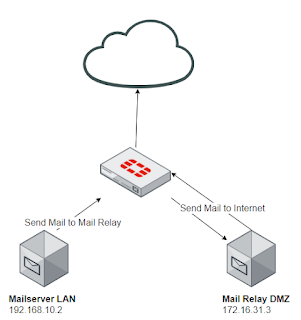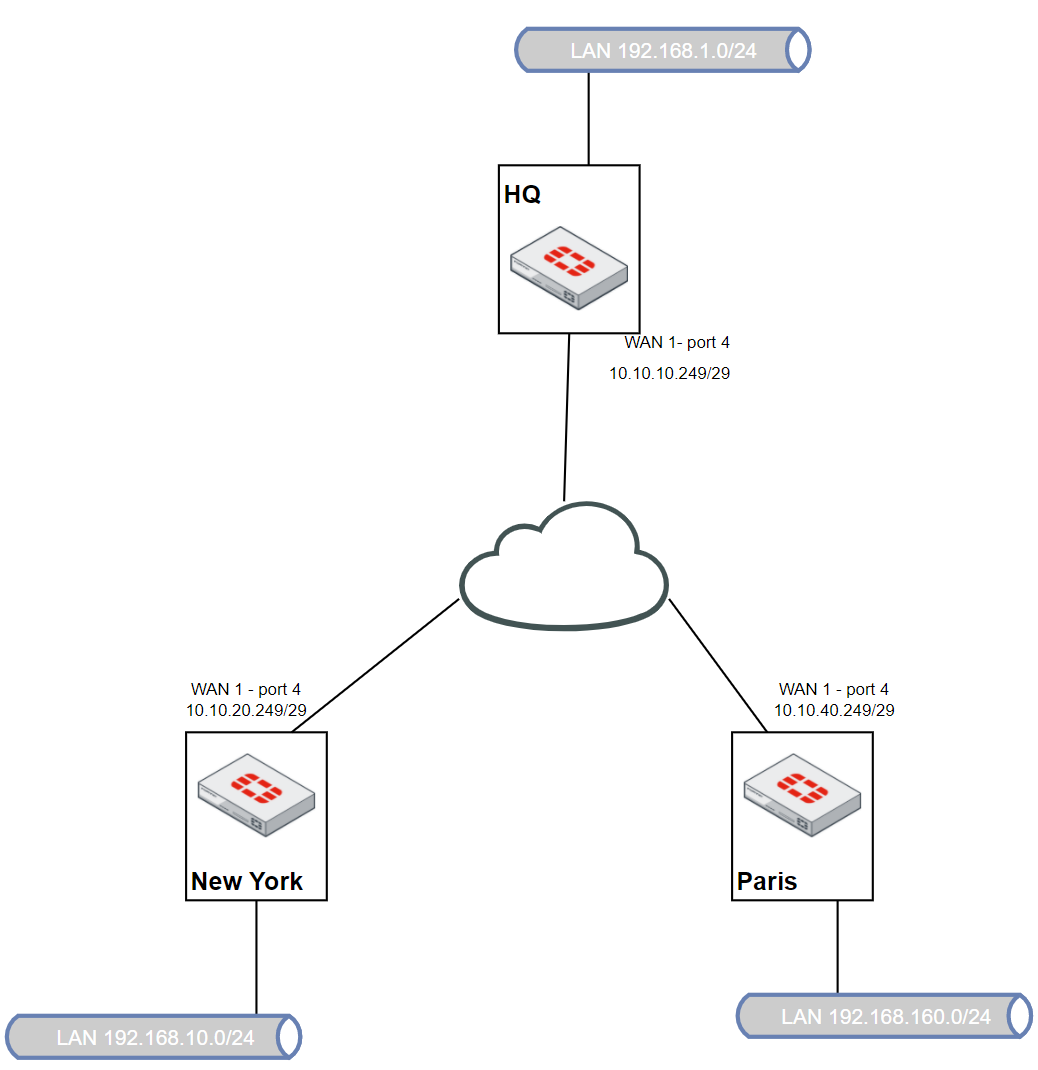FortiGate - Virtual Clustering
Description If several VDOMs are used in an HA cluster, it is advisable to distribute them over virtual clusters. This can increase the throughput of the VDOMs. Solution With the Virtual Cluster, the VDOMs can be distributed to the primary and the first secondary firewall. The following options are available. config global confg system ha set vcluster2 enable config secondary-vcluster set priority 128 set override-wait-time 60 set monitor port1 port2 set pingserver-monitor-interface wan1 next end next end vcluster2 : enable or disable the virtual cluster priority : set the priority of the second virtual cluster override-wait-time : Wait time after firewall is back online before failover the the former master. pingserver-monitor-interface : Use link-mo...



